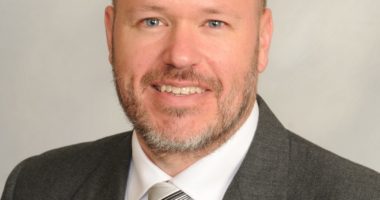Making the Most of One-Time Funds to Support Michigan’s Homeless Students
Public schools have less than nine weeks to take advantage of unique pandemic recovery funding to identify and support a growing but hidden population: students experiencing homelessness.
In Michigan, public schools identified over 32,000 preK-12 students who were homeless at some point in the 2022-2023 school year, a 14% increase over the previous school year. This increase is particularly concerning in light of strong evidence that many students experiencing homelessness are not identified by schools, and therefore not afforded the protections of federal law: immediate enrollment, transportation for school stability, and targeted services for academic success. Students of color, students with disabilities, and English learners are disproportionately impacted by homelessness, underscoring the urgency of addressing homelessness as a distinct strategy to advance education equity.
Michigan received $24,378,753 in American Rescue Plan Homeless Children and Youth (ARP-HCY) funds, more than eight times its typical allocation in annual federal homeless education funding. ARP-HCY funds are uniquely flexible and can be used in new ways to remove barriers to enrollment, attendance and success. Categories of allowable uses include:
- Transportation (gas cards, car repair, purchasing vehicles for schools, stipends for drivers)
- Meeting basic needs to remove barriers to attendance (store cards, clothing, hygiene products)
- Short-term emergency motel stays to keep families safe and attending school
- Communication (cell phones, wifi service, hotspots, translation services)
- Contracting with community-based agencies to provide wraparounds supports (including housing navigation, mental health, etc.)
- Early childhood education and related services (including to young children who are not formally enrolled in the LEA, but who are experiencing homelessness in the LEA)
- Transition to postsecondary (assisting with FAFSA completion, college application expenses, stipends for counselors)
Unfortunately, ARP-HCY funds have been overshadowed by the much larger ARP ESSER funds, with the average state spending ARP ESSER funds 48% faster than ARP-HCY – and in Michigan, ARP ESSER funds have been drawn down 186% times faster than ARP-HCY. A national survey of school district homeless liaisons found that lack of homeless education staff capacity/authority, high turnover, lack of awareness, and lengthy and complex procurement/contracting processes have created barriers to using ARP-HCY funds. As a result, many schools have ARP-HCY funds that must be obligated by September 30th (see federal state spending data).
While we must continue to advocate for sustained resources beyond these one-time funds, we also must make every effort to ensure that this investment is impactful and leveraged to meet the urgent needs of today’s students as the new school year begins.
Resources:
- List of Michigan LEAs receiving ARP-HCY funds
- Directory of Michigan homeless grant coordinators
- Maximize Final ARP-HCY Funds: Quick Spending and Cost Guide
- U.S. Department of Education “Dear Colleague Letter” to Chief State School Officers updating the allowable uses of funds to meet urgent needs.
- Two-page reference
Blog submitted by: Barbara Duffield, executive director, The SchoolHouse Connection










